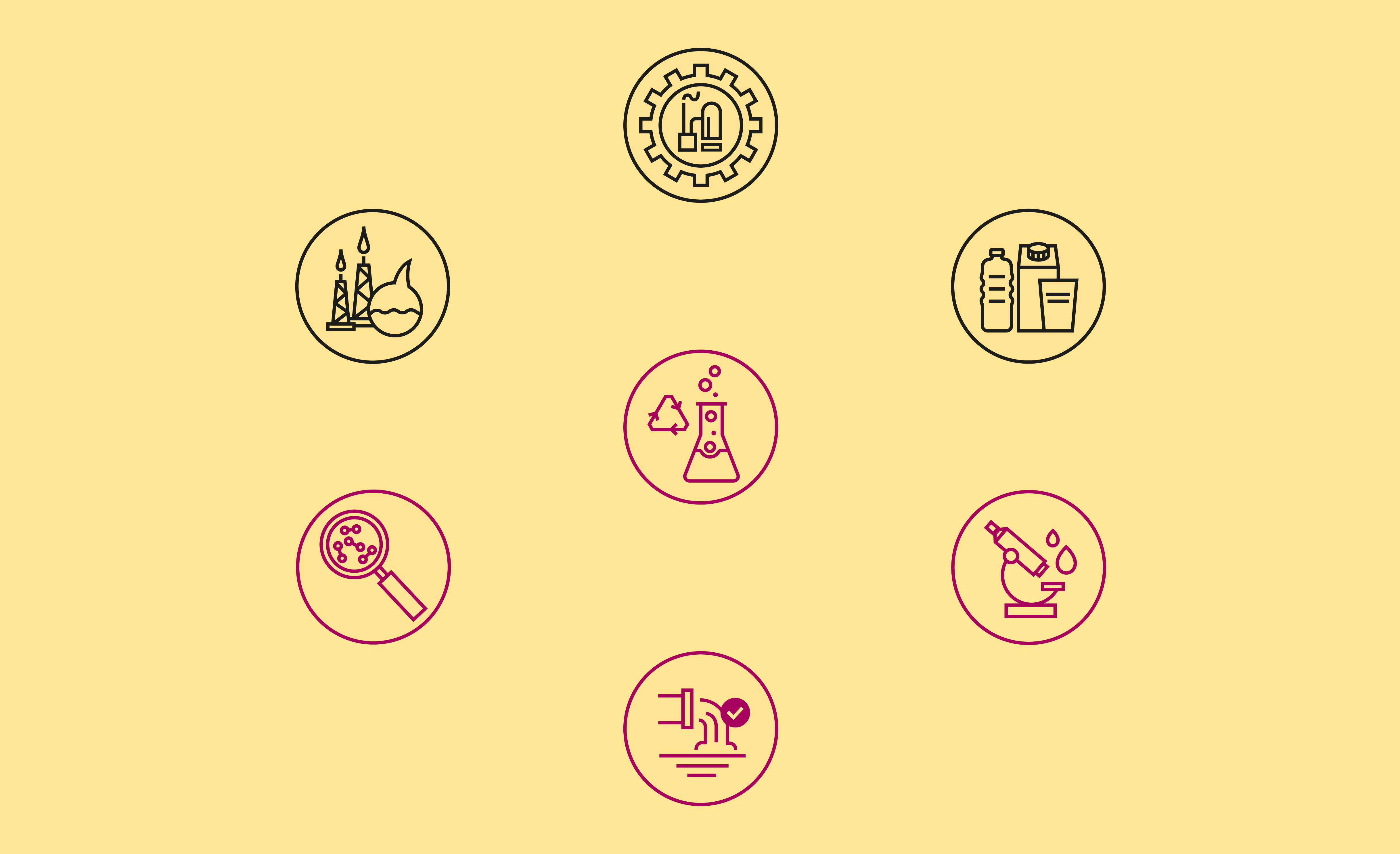Closing the circle
Chemical recycling can help industry save millions of tonnes of fossil-based primary feedstocks and mitigate the global plastic waste problem. Analytical instruments deployed in the recycling process deliver key decision-making data.

A mere nine percent of global plastic waste currently gets recycled. Increasing that figure is virtually impossible with mechanical processing, the predominant method used to date. The mechanical approach also requires plastic waste to be separated to transform it into new products of the same plastic type and color. However, such perfect separation and pre-processing are difficult to achieve in reality. Chemical recycling overcomes these limitations. “What’s more, the resulting plastics are of high quality and can even be used for food packaging or medicine,” says Dr Simone Moos, a product manager at Analytik Jena. “That was previously inconceivable with mechanical recycling.” For this and many other reasons, and despite being relatively new, the chemical method has long featured in circularity strategies endorsed by the European Union and adopted by many countries. The chemical industry is also following suit with a growing switch from crude oil to recycled carbon.
Breaking the chains
Chemical recycling puts a circular economy for plastics within reach. The key process is pyrolysis, which breaks up the plastics’ polymer chains in an oxygen-free environment at around 600°C. The result is a viscous pyrolysis oil – the starting material for further processing. Depending on its weight, the oil is further broken down into compounds such as ethene or propene, either at a refinery or directly in a steam cracker. From those compounds new plastics can be formed, and the circle is closed. Endress+Hauser subsidiary Analytik Jena provides equipment that measures the quality of the starting materials, by-products and end products of chemical recycling with the utmost precision in just minutes.
Published 16.02.2024, last updated 11.03.2024.
Dive into the world of the process industry through new exciting stories every month with our «changes» newsletter!









